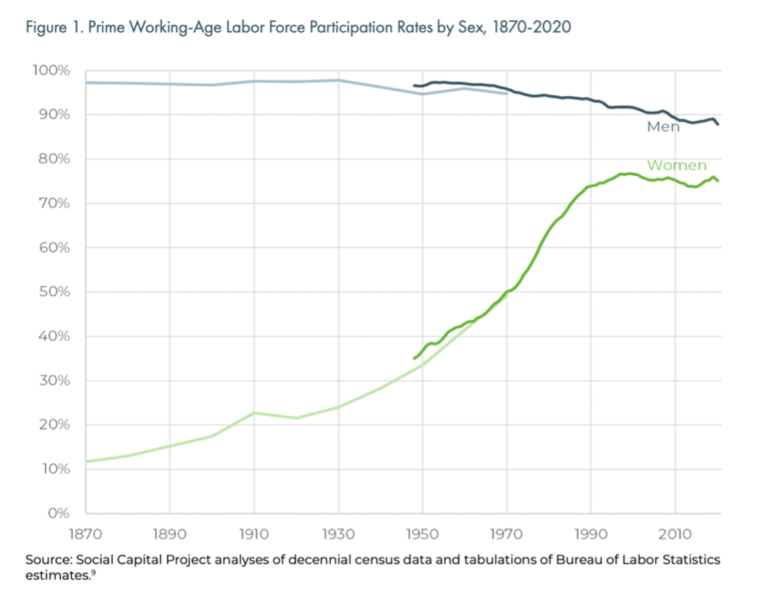Robert Doar of the American Enterprise Institute describes one way to ensure families have food on the table.
The US Department of Agriculture (USDA) on Wednesday released its findings on food insecurity in our country and the results revealed progress. USDA reported that 11.8 percent (about 15 million) of American households reported that at some point during the year they had trouble affording enough food for their families, down from 12.3 percent in 2016, representing nearly 700,00 households that moved from food insecurity to security last year. …
… It is also clear that this progress has almost everything to do with a healthy economy and more working Americans. The rate of food insecurity for families headed by a full-time worker is 9 percent, while families with nobody employed have a food insecurity rate of over 40 percent. Thankfully, the latter category is shrinking: Unemployment is at near-historic lows and labor force participation is beginning to tick upward, meaning that more Americans are going to work, which allows them to return home with food to put on the table for their families.
What’s more, this decrease in food insecurity is clearly not due to the reach of the Supplemental Nutrition Assistance Program (SNAP), which has declined in enrollees in recent years after nearly a decade of growth. Those who advocate adding more and more people to SNAP’s rolls often point to the program’s ability to fight hunger, and it does do that to an extent — but increases in work and earnings do much more to reduce hunger than increases in SNAP enrollment.


